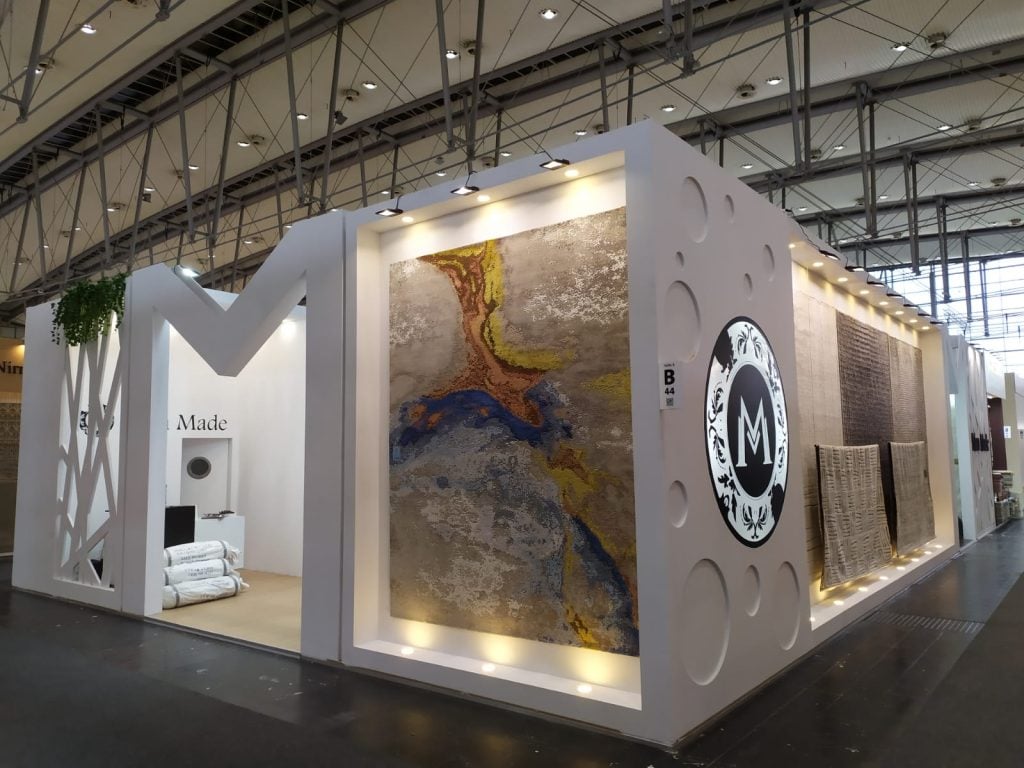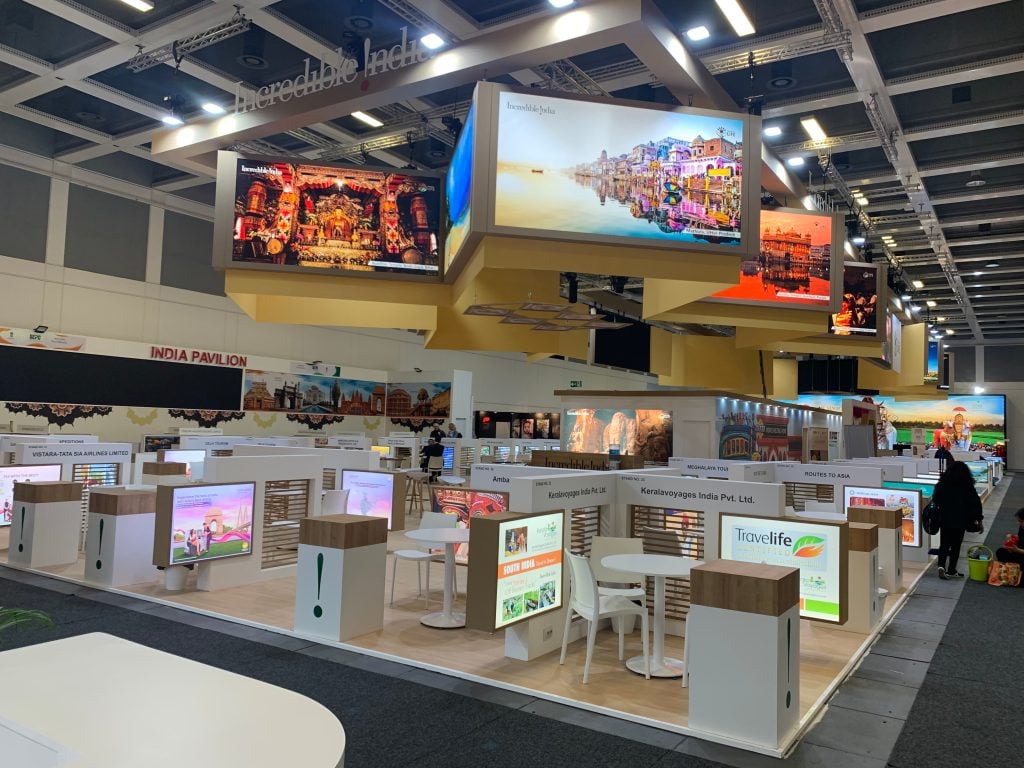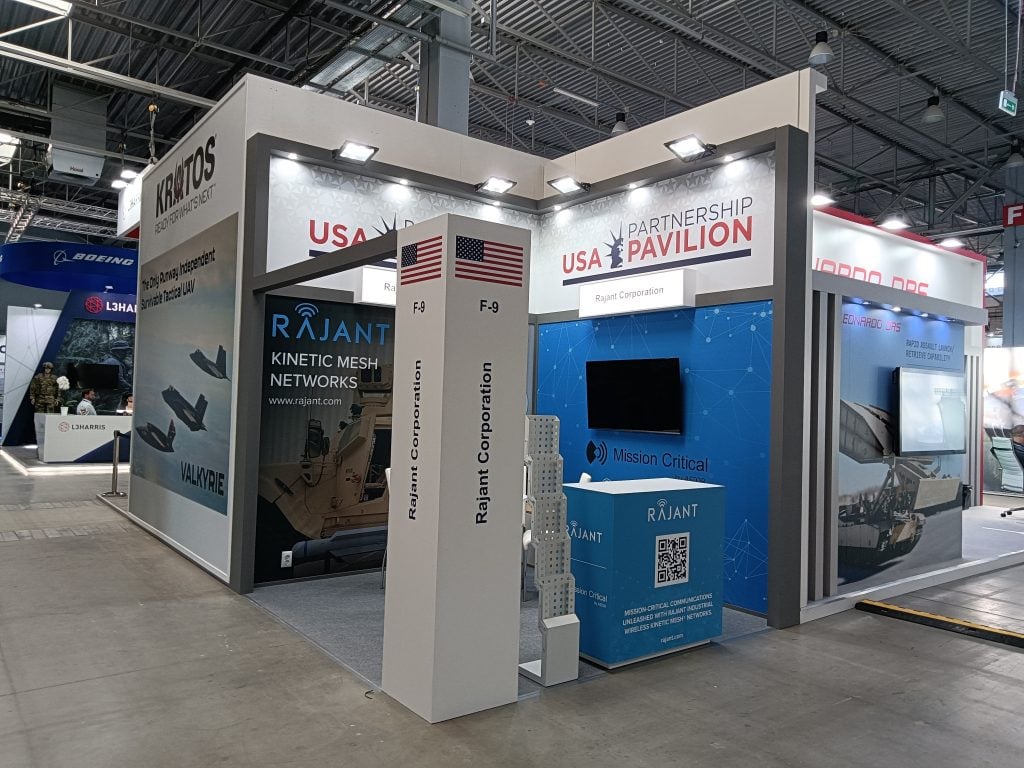
Introduction:
In the realm of experiential marketing, exhibit booths serve as powerful tools for engaging prospects and guiding them through the marketing funnel. From capturing attention to nurturing leads and ultimately driving conversions, trade show exhibit booths play a crucial role in the customer journey.
In this article, we’ll explore how exhibit booths move prospects from concept to conversion by leveraging key strategies at each stage of the marketing funnel.
Attracting Attention:
The first step in the journey from concept to conversion is capturing the attention of prospects. Trade show booth designs have mere seconds to make an impression amidst the bustling environment of a trade show or exhibition.
To attract attention, exhibitors must employ eye-catching visuals, compelling messaging, and interactive elements that stand out from the crowd. Whether it’s through striking graphics, bold signage, or engaging demonstrations, exhibitors must create a booth environment that draws attendees in and piques their curiosity.
Generating Interest:
Once attention has been captured, the next goal is to generate interest and intrigue among prospects. This stage involves providing visitors with valuable information about products or services and establishing a connection with the brand.
Exhibitors can achieve this by offering engaging presentations, product demonstrations, and interactive experiences that educate and entertain attendees. By showcasing the unique features and benefits of their offerings, exhibitors can spark interest and curiosity among prospects, motivating them to learn more.
Building Desire:
With attention captured and interest generated, the focus shifts to building desire and desire among prospects. This stage involves highlighting the value proposition of the brand and demonstrating how it addresses the needs and pain points of the target audience.
Exhibitors can use testimonials, case studies, and success stories to showcase the real-world benefits of their products or services and build credibility and trust with prospects. By emphasizing the unique selling points and competitive advantages of their offerings, exhibitors can create a sense of desire and urgency among prospects, compelling them to take the next step in the purchasing process.
Driving Action:
The final stage in the journey from concept to conversion is driving action and prompting prospects to take the desired course of action, whether it’s making a purchase, scheduling a demo, or requesting more information. This stage requires clear and compelling calls-to-action that guide prospects towards the desired outcome.
Exhibitors can use incentives, special offers, and limited-time promotions to create a sense of urgency and encourage prospects to take action on the spot. By providing easy access to contact information, online resources, and sales representatives, exhibitors can remove barriers to conversion and facilitate the decision-making process for prospects.
Case Studies:
Numerous exhibitors have successfully navigated the journey from concept to conversion by strategically leveraging exhibit booths at trade shows and exhibitions. Let’s take a hypothetical situation for example, Company X, a software provider, used interactive demos and personalized consultations to attract and engage prospects at their trade show exhibit booth. By showcasing the value and functionality of their software in real-time, Company X was able to generate qualified leads and drive conversions directly from the trade show floor.
Similarly, Company Y, a healthcare company, employed educational presentations and hands-on workshops to build trust and credibility with prospects at their exhibit booth. By providing valuable insights and solutions to common pain points, Company Y was able to position themselves as industry experts and drive action among attendees, leading to increased sales and brand loyalty.
Conclusion:
In conclusion, trade show booth exhibits play a vital role in guiding prospects through the marketing funnel, from initial concept to final conversion. By attracting attention, generating interest, building desire, and driving action, exhibitors can effectively engage prospects at each stage of the customer journey and ultimately drive conversions.
As exhibitors continue to innovate and leverage new technologies and strategies, exhibit booths will remain a cornerstone of experiential marketing and a powerful tool for driving business growth and success.


 Global
Global USA
USA

